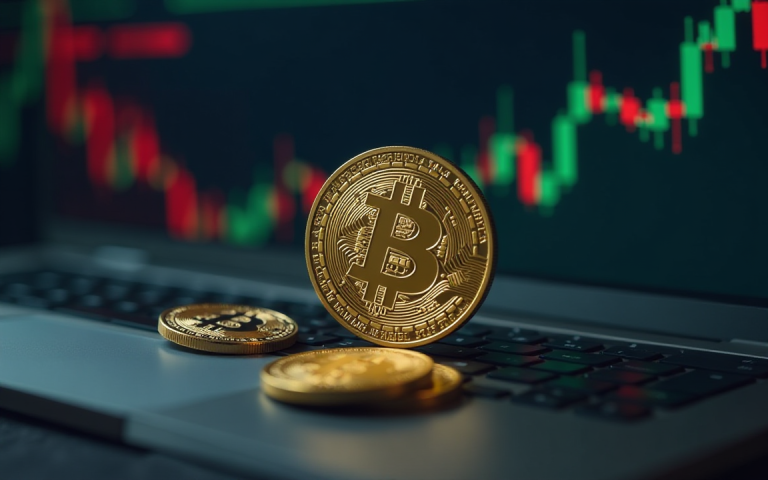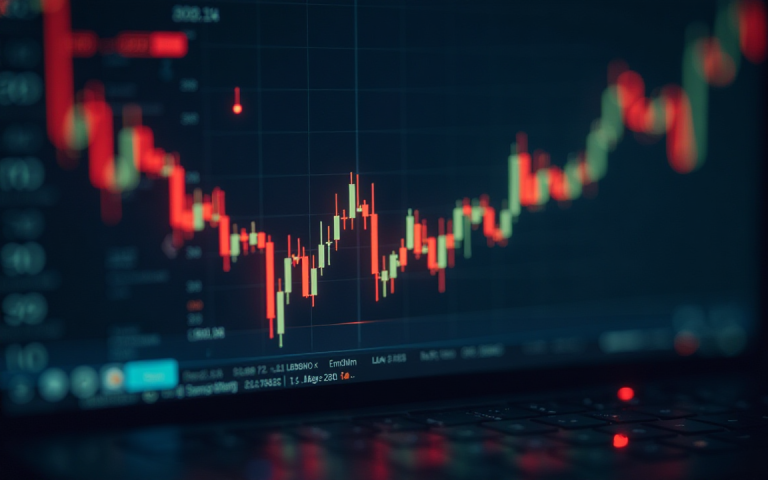MFI, the iconic furniture brand that once dominated Britain’s retail parks before the rise of Ikea, is poised to return to the UK homewares market in the first half of next year.
The brand, which collapsed in 2008 after more than 40 years of trading, will be relaunched by Victorian Plumbing, the online bathroom retailer that acquired MFI’s brand and domain name last year.
Victorian Plumbing has said that MFI’s product range fits well with its existing customer base and plans to invest £3 million this year in people and property as part of the brand’s revival.
This move aims to carve a significant slice of the estimated £20 billion UK homewares market.
A storied past from war surplus to retail giant
MFI’s origins date back to 1964 when it was founded as Mullard Furniture Industries by Noel Lister and Donald Searle, who initially traded in war surplus goods.
The brand was named after Searle’s wife’s maiden name.
MFI quickly grew, floating on the stock market in 1971 as MFI Warehouses. In 1985, the company merged with supermarket chain Asda, creating Asda-MFI.
By the late 1980s, MFI had become a household name across Britain. It was subject to one of the largest management buyouts in the country’s history in 1987, led by former police officer Derek Hunt.
At its peak, the retailer operated over 200 stores nationwide and supplied more than 50 million items annually.
The brand’s popularity was such that it was once claimed one in three Sunday lunches in the UK were prepared in a kitchen fitted by MFI, and 60% of British children were conceived in bedrooms furnished by the company.
How IKEA’s arrival in the UK led to MFI’s decline
MFI’s decline began with the arrival of Ikea in the UK in 1987, which ushered in new competition and fresh retail dynamics.
Alongside rivals like B&Q and Argos, MFI struggled to keep pace with changing consumer expectations and retail trends.
The financial crisis of 2008 delivered a final blow, pushing MFI into administration and forcing the closure of all 111 stores, resulting in the loss of 1,200 jobs.
After its collapse, the MFI brand was bought by Victoria Plumb, which attempted to revive it as an online-only retailer in 2011.
However, this effort lasted only until 2015 when the business ceased trading again.
Victorian Plumbing plans strategic relaunch
In 2024, Victorian Plumbing acquired Victoria Plum, the successor of Victoria Plumb, including the MFI brand, in a deal valued at £22.5 million.
The company has since reported a 6% year-on-year revenue increase, reaching £152.7 million in the first half of the financial year, reflecting strong growth and market confidence.
Mark Radcliffe, Founder and CEO of Victorian Plumbing, expressed enthusiasm for the MFI revival.
He said the relaunch would enable the company to tap into a broader section of the UK homewares market, leveraging decades of e-commerce expertise and proprietary technology alongside the trusted MFI name.
“We have built a business with solid financial foundations that invests in the future and is committed to delivering long-term value to shareholders,” Radcliffe added.
Preparing for growth in a competitive market
The company revealed that it has made significant investments in its new purpose-built warehouse and expanded its product range beyond bathrooms into other home areas.
This preparation has allowed Victorian Plumbing to improve its customer proposition and take market share despite challenging trading conditions.
The return of MFI comes at a time when British consumers continue to show strong interest in home improvement and furnishings, presenting a timely opportunity for the revived brand.
The post MFI to make a comeback in UK homewares market under Victorian Plumbing appeared first on Invezz










